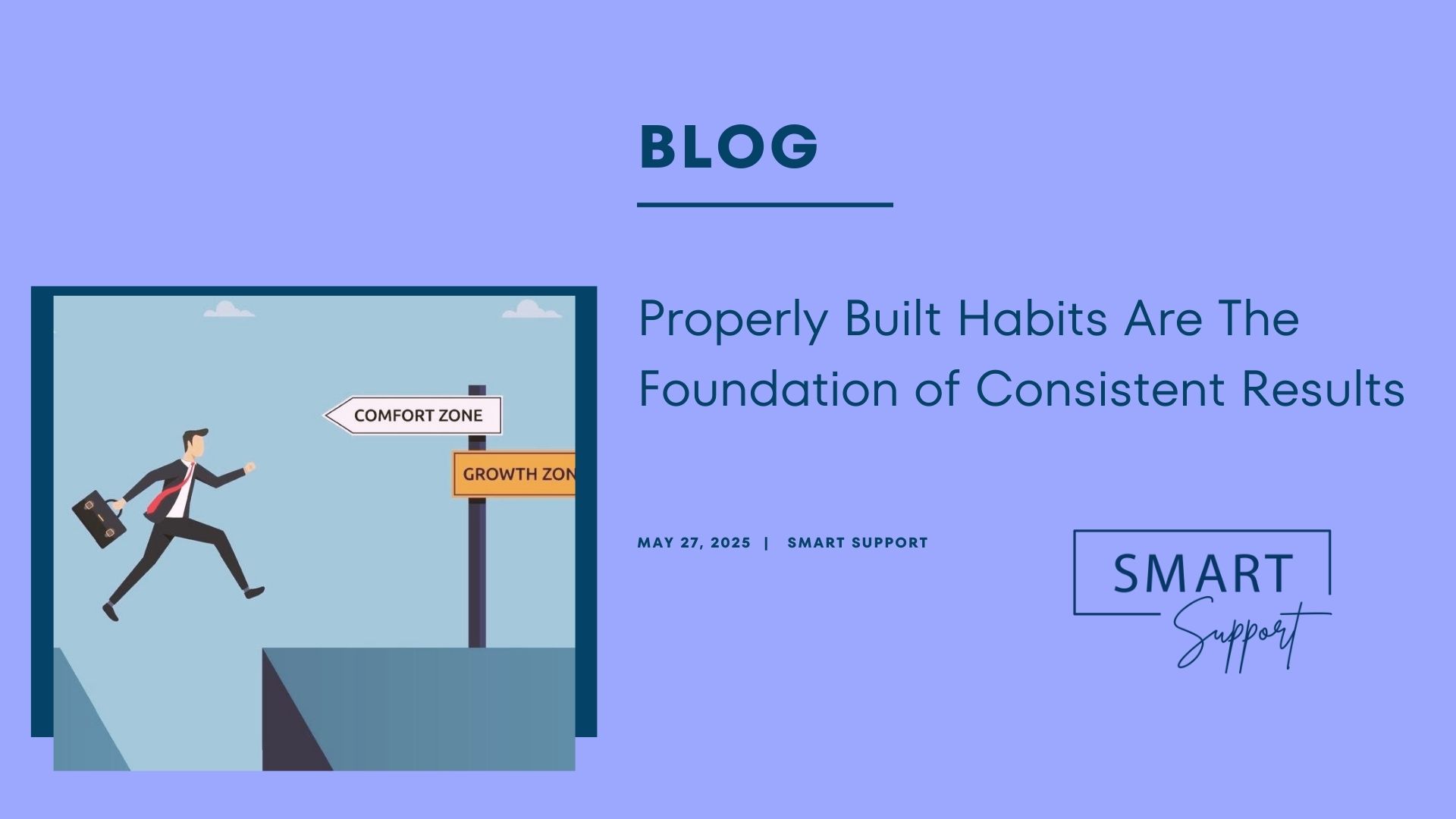What determines success today may be the main obstacle to development tomorrow. Often, practices, systems or actions that gave outstanding results in the past, over time, turn into a routine that no longer reflects reality and begins to destroy the built system.
Imagine a company that discovered a great sales method a few years ago. The team repeated the same thing every day: marketing with the same messages, on the same channels. At first, the result was impressive. KPIs were being met, the market was responding, the team was motivated. But over time, this approach no longer met new customer expectations. The market was changing rapidly, the tone of communication was diverse, the channels were becoming dynamic. And the company did not change the habit because “it always worked”. This is where the problem arose: what was once effective has now become irrelevant. This is the invisible limit of habit. The moment when success becomes a comfort zone, and comfort begins to limit growth and development.
When an action is so automatic that it no longer provokes critical thinking, development is reduced and the process becomes mechanical. It is no longer seen as a possible mechanism for improvement, but simply performed as an already established standard. At this point, companies and individuals alike lose their vigilance. This vigilance is the fire that drives us forward; when it fades, only inertia remains.
There are many examples in business history when successful habits and methods themselves became the cause of the company’s downfall. Once-dominant brands, including technology giants, retail chains, and telecommunications leaders, were not ready for change because they were too loyal to the habits and strategies that had worked for them in the past. They lost their ability to adapt and did not dare to ask the most difficult question: “Maybe what we are doing now is no longer working?”
Change is especially difficult when habits become part of our identity.
The solution to this silent stagnation begins with a simple process of regular analysis. Periodically stopping and asking the following questions:
• Are we doing this mechanically?
• Is what worked yesterday working?
• Are we adapting to a new environment, or are we simply repeating the old?
These questions show us reality and push us towards change. To understand its meaning, that it does not mean rejecting a successful system, but rather an opportunity for its evolution. A strong practice is one that does not maintain a fixed form, but evolves and is not afraid to adapt, to move forward. The faster the world changes, the more necessary it is to review habits. Growth is no longer just about accumulating knowledge or experience; it is about the courage that comes from seeing new possibilities beyond habits. The first step to moving forward is to be constantly vigilant and ask yourself: “Have I changed? Have I grown? Or am I just repeating what I already know?”
Habits that have been the main source of our success in the past can, over time, become a hindrance to our growth. That’s why the most resilient organizations and professionals don’t just cling to old habits and tried-and-true formulas for success; they are constantly interested in change and working to develop new, necessary habits.


